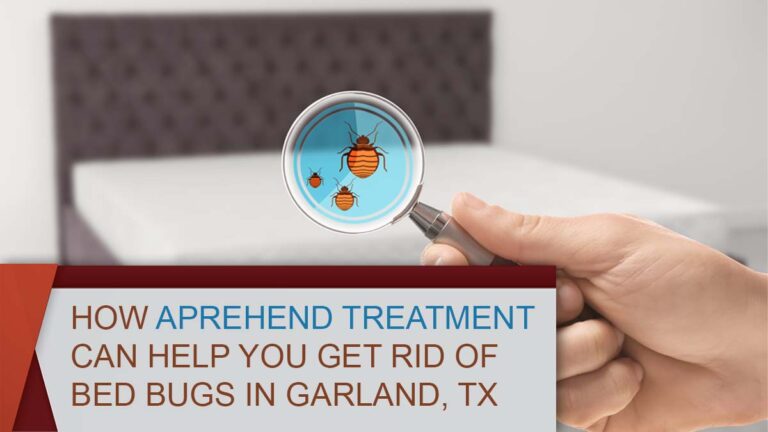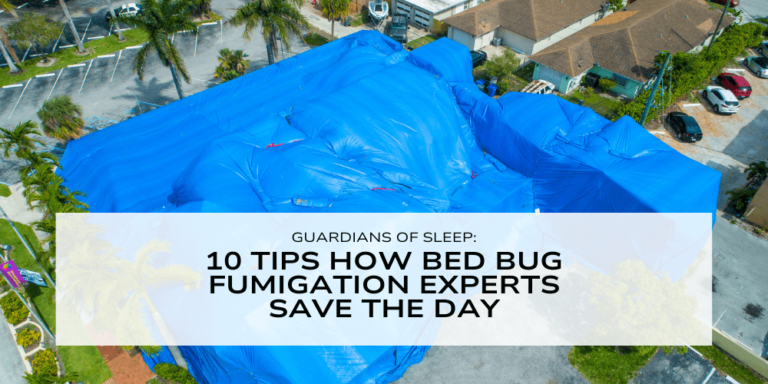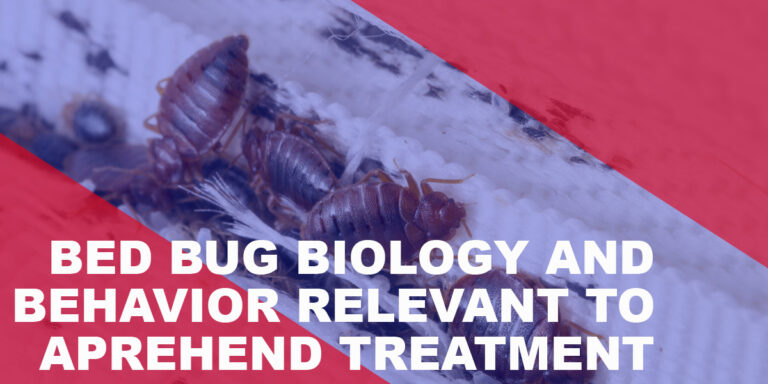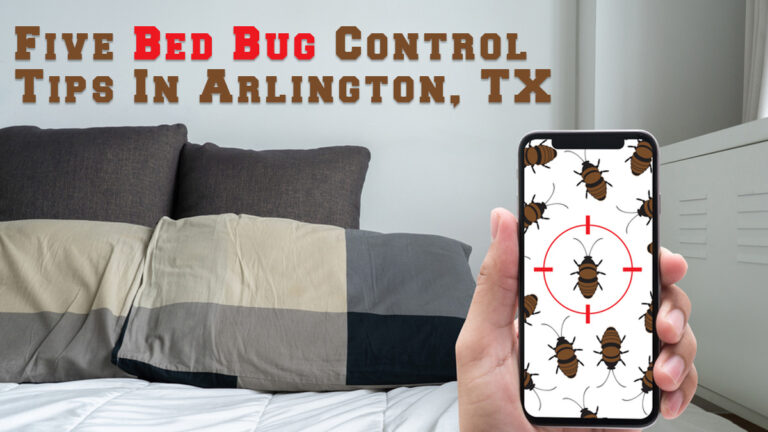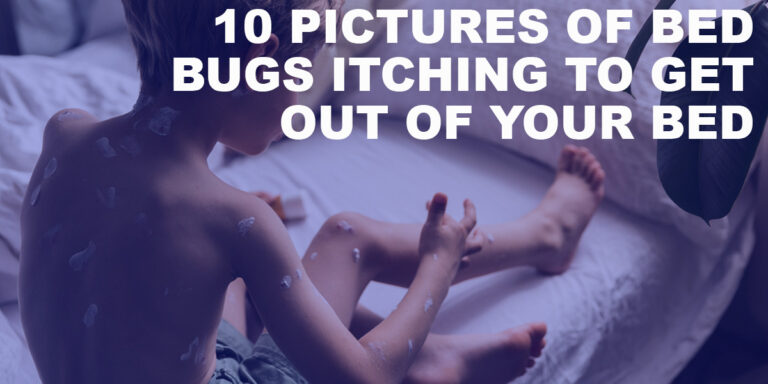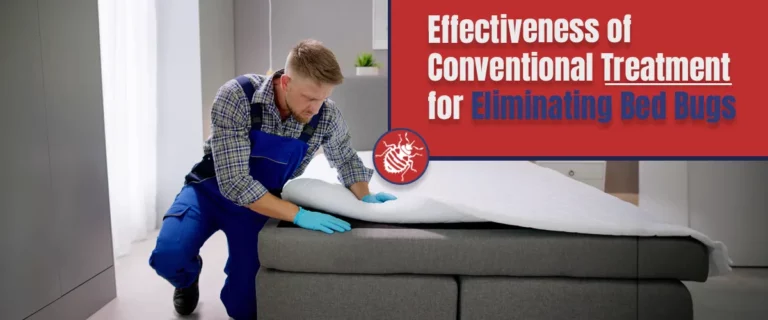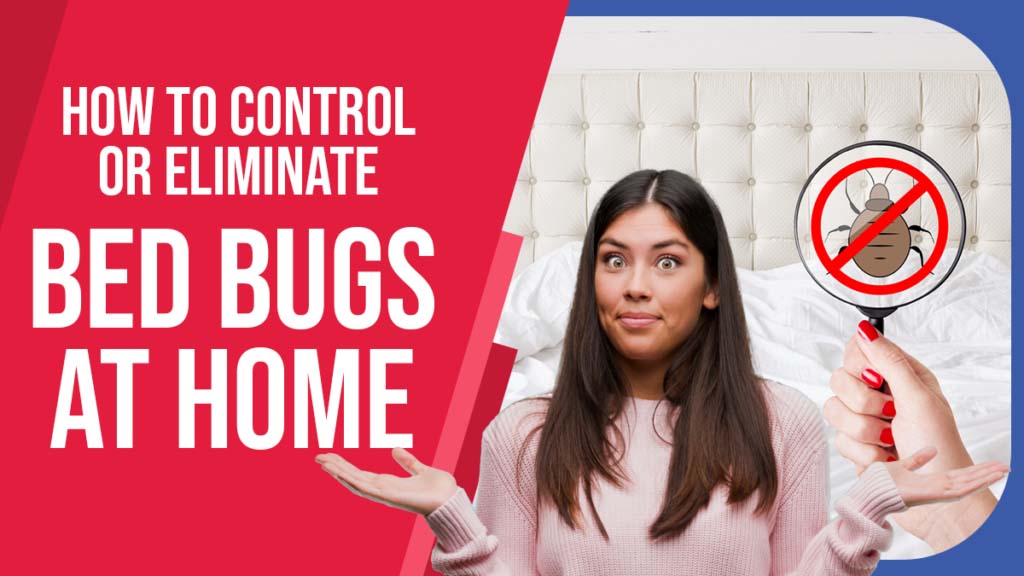
Bed bugs are a severe problem in the United States, but you can control them. These pests are small, reddish-brown insects with flat bodies and long legs. They hide daily in cracks and crevices, such as inside beds and couches. Treat everything infested with pesticides or insecticides and any soiled or damp bedding for at least 45 days to eliminate bed bugs. You should also remove all clutter from around your home if possible – especially any rugs where mites can live in undetected areas. You can take several other steps at home or work to keep rodents away from your property.
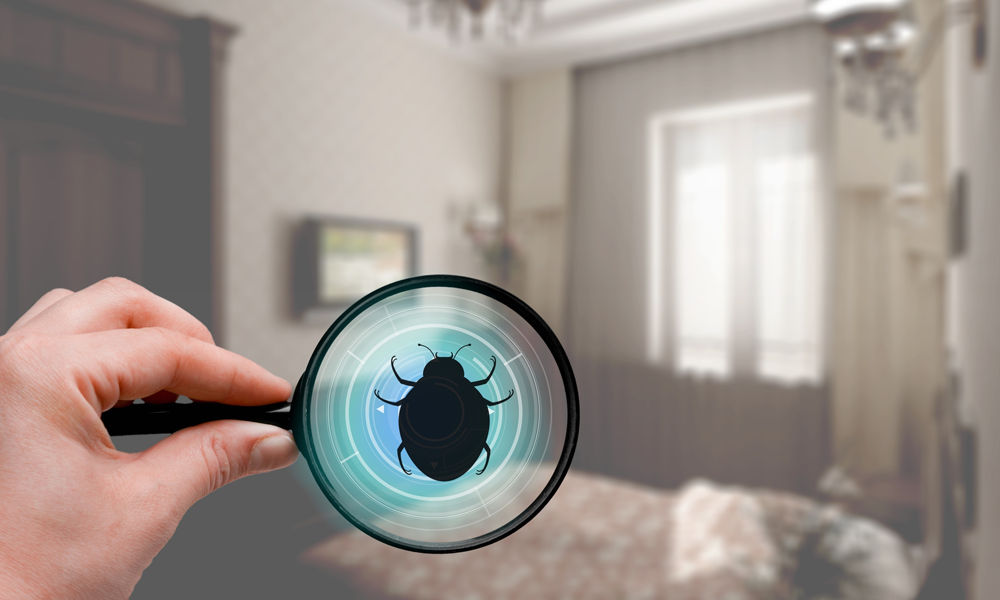
Identify The Bed Bugs Problem
- What Are Bed Bugs?
Bed bugs are small, oval-shaped insects that feed on blood. They’re found most often in mattresses and box springs but can also be found on upholstery, curtains, or wall hangings. Bed bug bites do not spread disease. They may cause itching and swelling for a short period if you’re allergic to bed bugs’ saliva.
- How To Know If You Have A Bed Bug Infestation?
If an infestation exists at home, others have also been spotted in your surroundings. You’ll know because there will be signs: tiny red dots all over your sheets; clusters of eggs under mattresses; dark spots on furniture where they’ve been lurking; etcetera! If you need more proof for you.

Contact An Exterminator.
A professional can advise on how best to remove these pests from your property and prevent future infestations from happening again. They’ll also be able to give recommendations based on their experience with other pest control issues at different locations. This way, there’s less chance that mistakes made during treatment could result in more significant problems like flooding or mold growth within structures such as apartments/condos/multi-family homes, etc.
Contact an exterminator. If you have no proof that bed bugs exist in your home, it’s time to call an exterminator even if your home has been infested with bedbugs.
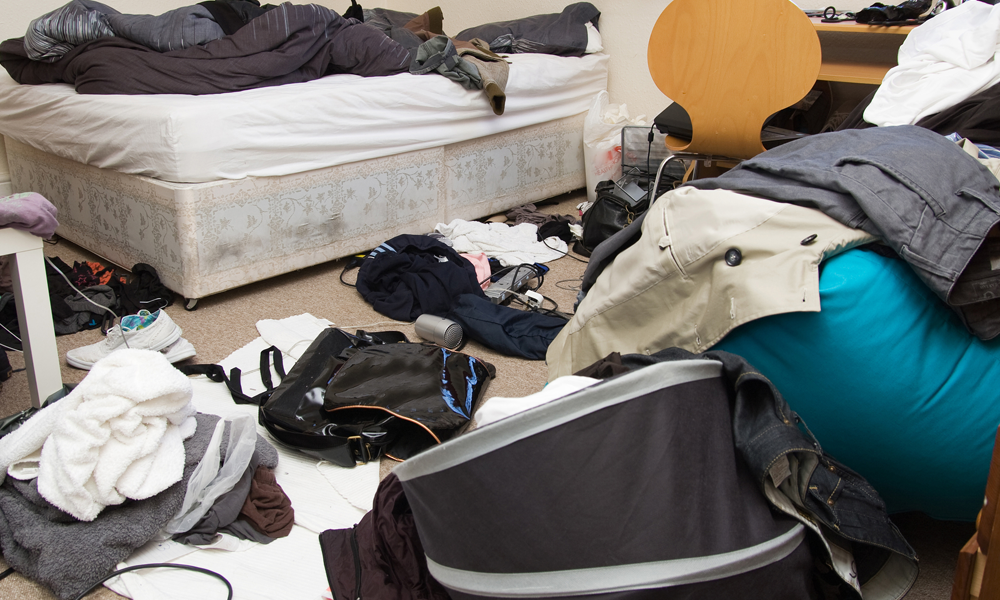
Get Rid Of Clutter.
The best way to control or eliminate bed bugs at home is by getting rid of clutter. Clutter provides hiding places for bed bugs. They can be hard to find when hidden in the folds of clothing or cluttered items. Furthermore, if there are fewer hiding places for your family pet to hide in, you may have a problem with roaming pets that aren’t house-trained.
Bed bugs thrive around potential food sources and move toward these areas when they sense danger or hunger. Pangs strike their hosts: humans and animals alike! If your home has too many cracks or crevices where food could be left out without anyone noticing, suppose you seal them.
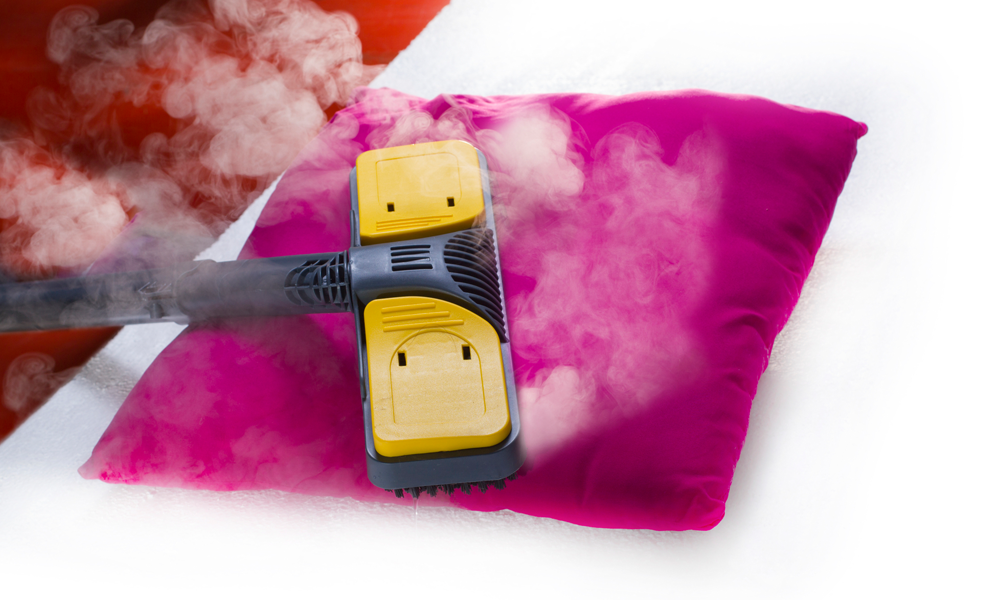
Use A Steamer To Kill And Remove Bed Bugs.
Bed bugs are no longer just for the rich and famous. They’re here to stay; now you can control them at home with a steamer.
Steaming is one of the fastest, most effective ways to kill bed bugs on all surfaces of your home. Steamers are also safe for children and pets, so it’s a great option if you have kids or pets!
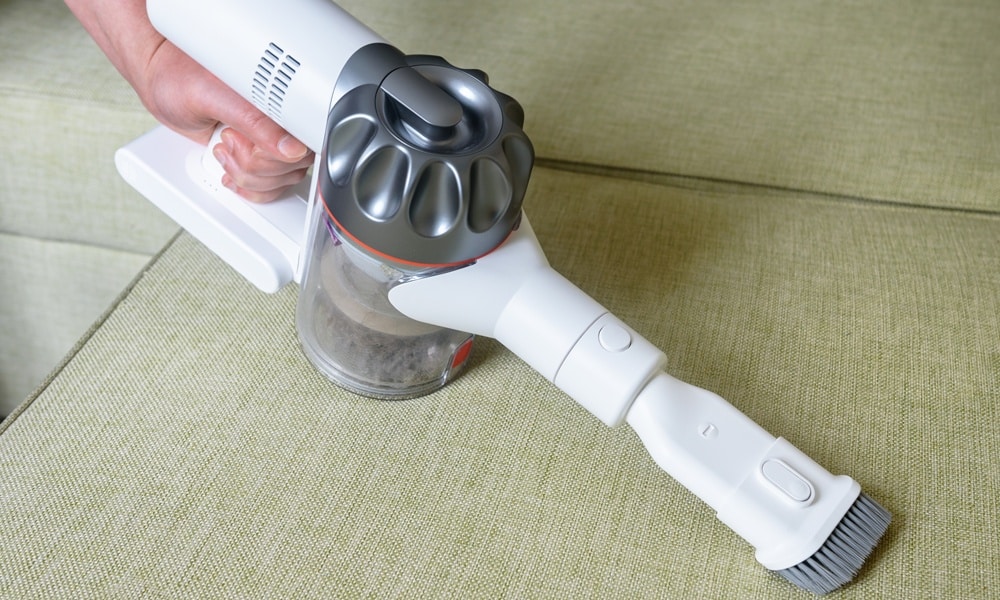
Use A Vacuum To Pick Up Bed Bugs And Eggs.
Vacuuming is one of the most effective ways to eliminate bed bugs and eggs. Bed bugs are crepuscular insects that hide during the day and feed on blood at night. Vacuuming regularly can catch any bed bugs hiding in cracks or crevices around your house—including those pesky eggs!
Vacuuming alone won’t kill them, so use a HEPA filter on your vacuum if possible. It’s also essential to remember emptying bags after each use; otherwise, you risk bringing back another wave of infestation.
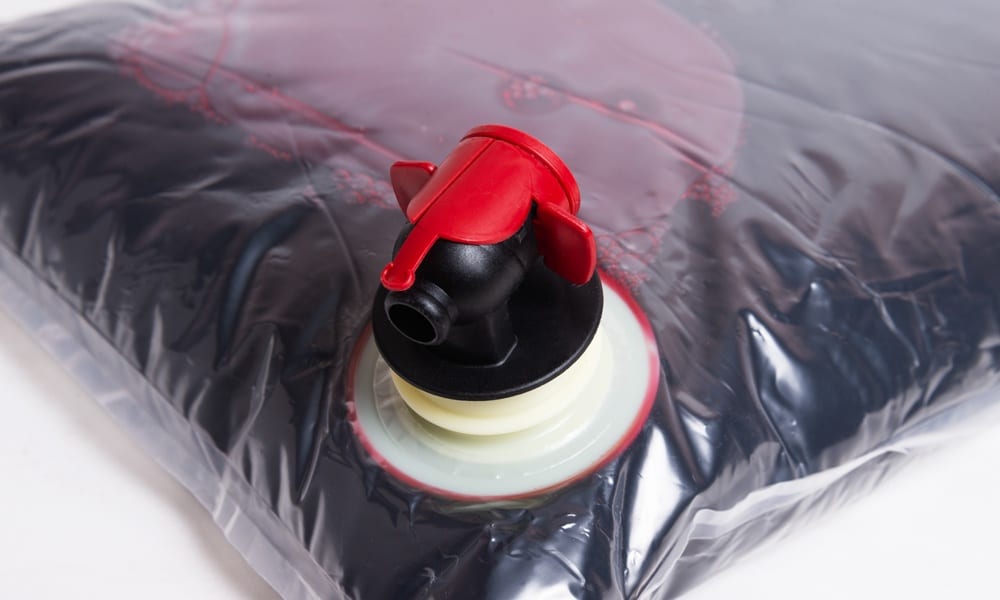
Seal What You Keep In Plastic Bags.
Sealing in plastic bags is an effective way to kill bed bugs. The best way to do this is by using a vacuum cleaner. This can suck up bed bugs and their eggs from your home. After sealing your belongings in plastic bags, you can remove them from the house for disposal or keep them for storage until you move out. If these items are part of your household’s arsenal against these pests, this method works well on clothing and linens exposed to bed bugs over time.
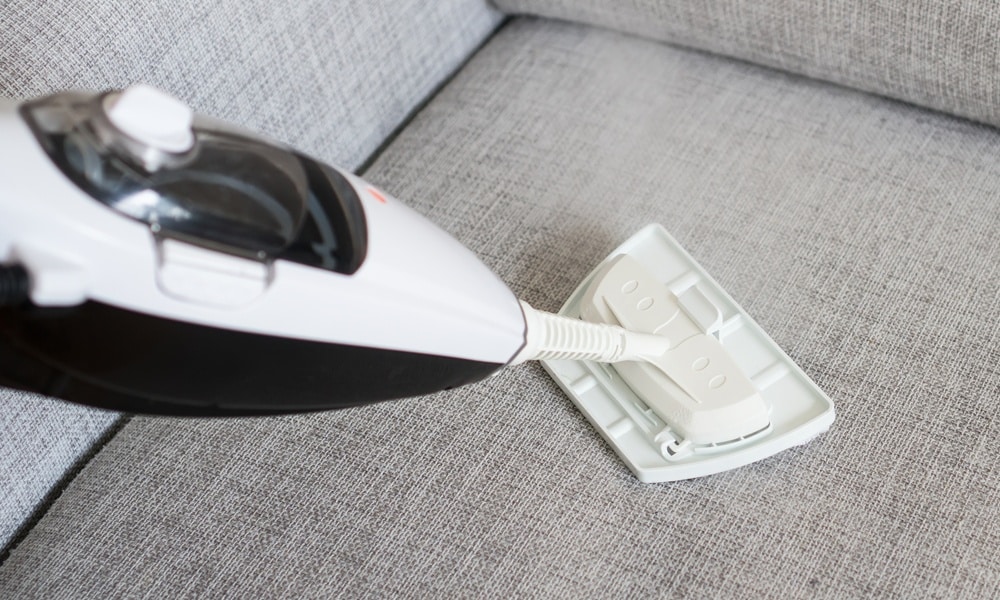
Steam Or Dry Clean Potentially Infested Linens And Fabrics.
Bed bugs are tough to kill. You may need this treatment more than once if you’ve been infected for a long time. Bed bugs can survive up to one year without feeding. Bed Bugs can survive on a diet of blood, and their eggs are even more difficult to kill because they are resistant to many pesticides and insecticides.
Steam cleaning or dry cleaning any fabrics exposed to bed bug bites will help contain the problem at home before it spreads outside your home through clothing or other belongings you bring into your house each day (or whatever else).
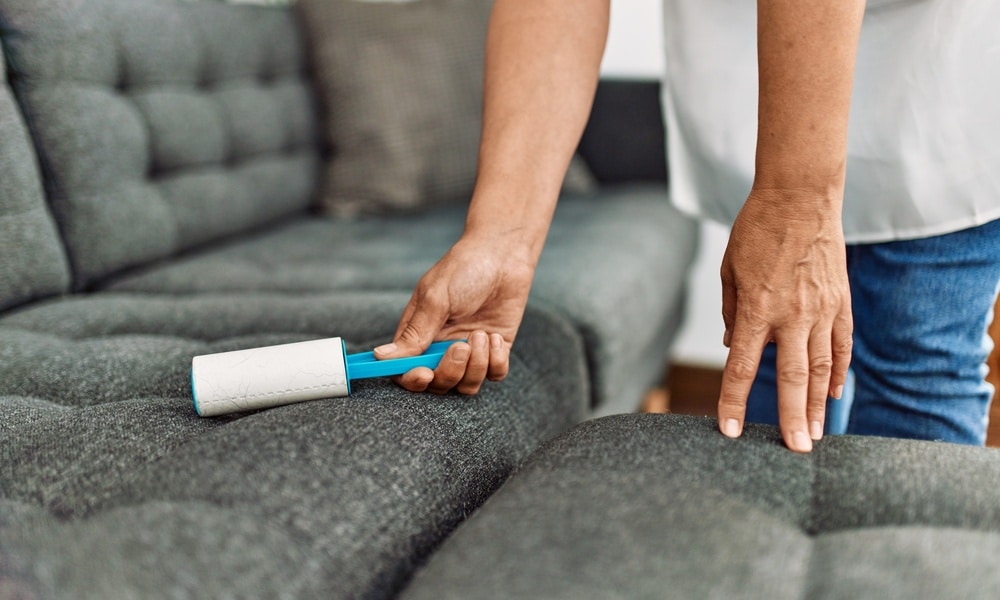
Remove Pet Hair Regularly.
Pet hair can be a severe source of bed bugs. Bed bugs love to hide in pet hair, so you should remove pet hair regularly for a few reasons:
- You’ll reduce the likelihood of attracting them by keeping your home clean and tidy.
- Regular cleaning will keep the bed bugs from getting into every nook and cranny of your home if you have pets. This will make it much harder for them to infest your place!
You can vacuum up any loose or tangled fur (or use an old-fashioned lint roller), but if you don’t own a vacuum cleaner, borrow one from someone who does! It may seem like an extra expense right now, but if this gets rid of all sorts of pests without causing damage to anything else around us, we should consider investing in one ourselves.
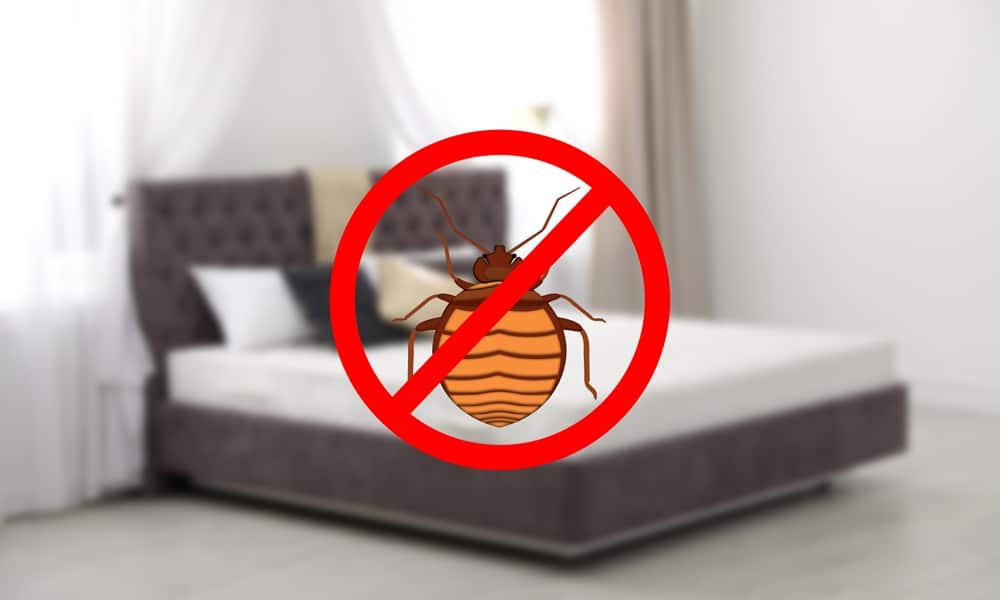
Say No To Bugs
Bed bug infestations have increased dramatically over the past few years due to increased global travel and international trade and climate change conditions that lead to more significant numbers of suitable hosts for these blood-sucking parasites. The good news is that many bed bug removal methods are at home!
The more you know about bed bugs, the more likely you’ll be able to identify them in your home—and take action before they spread throughout your house. And remember: even if you haven’t seen a single bed bug yourself, don’t assume that everyone else has been spared! Bed bugs are sneaky little creatures who can hide in places people don’t expect them to be—so it could take some time before anyone realizes what kind of damage they cause. If nothing else, at least now you have some ideas on how best to protect yourself from these pesky critters!

